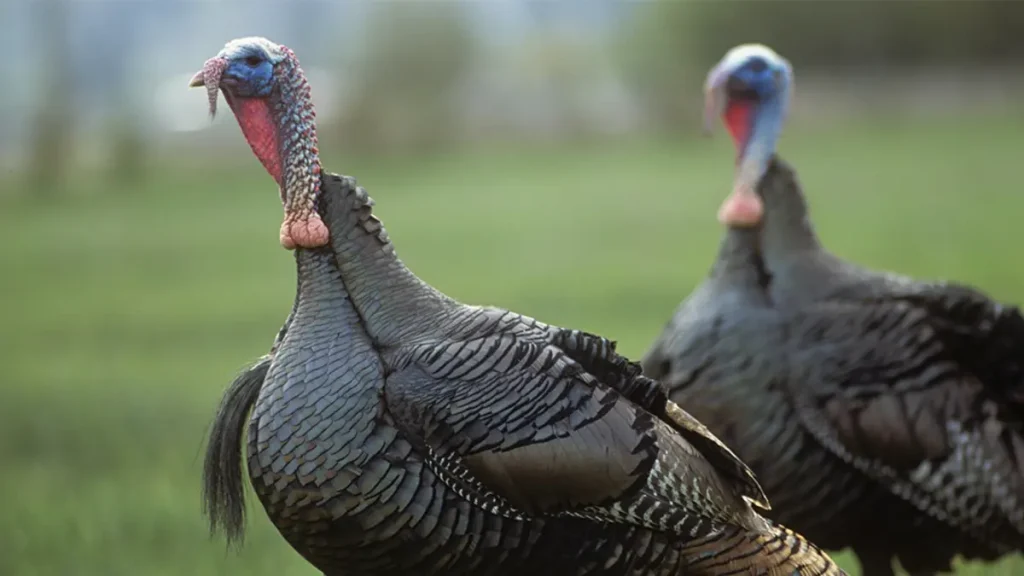Hunting is more than just a sport; it’s an age-old tradition deeply rooted in human history. For many, it’s a way to reconnect with nature, to test their skills, and to provide sustenance. However, successful hunting often depends on timing. Each season brings its challenges and opportunities, and understanding these fluctuations is key to a fruitful hunt.
In this article, we’ll delve into the peak seasons of hunting, exploring the unique characteristics and strategies for success in each.
Spring: Renewal and Rebirth
As the world awakens from winter’s slumber, spring heralds the renewal of life. It’s a season of abundance, with vegetation flourishing and wildlife becoming more active. For hunters, spring offers the opportunity to pursue a variety of game, from turkey to bear and everything in between.
Turkey hunting, in particular, is a popular pursuit during spring. As these birds become more vocal and active in their mating rituals, hunters can capitalize on this behavior by using calls to attract them. Patience and stealth are crucial during spring hunts, as turkeys are notoriously wary and quick to flee at the slightest disturbance.
Spring also marks the beginning of the bear season in many regions. As bears emerge from hibernation, they’re driven by hunger, making them more susceptible to baiting and other hunting tactics. However, bear hunting requires caution and respect for these powerful animals, as encounters can quickly turn dangerous if proper safety measures aren’t followed.
Summer: Challenges in the Heat
While summer may not be the most prolific season for hunting, it still offers opportunities for those willing to brave the heat. In many areas, summer hunting focuses on smaller game such as rabbits, squirrels, and groundhogs. These animals are more active during the cooler hours of dawn and dusk, making early mornings and late evenings prime hunting times.
One of the challenges of summer hunting is the abundance of foliage, which can provide cover for game and make spotting targets more difficult. Hunters must rely on keen observation skills and knowledge of their quarry’s habits to overcome this obstacle. Additionally, summer hunts require careful attention to hydration and sun protection to avoid heat-related illnesses.
Fall: The Hunter’s Paradise
For many hunters, fall is the pinnacle of the hunting season—a time of plenty when game is abundant, and nature is ablaze with color. From deer and elk to waterfowl and upland birds, fall offers a diverse array of hunting opportunities for enthusiasts of all kinds.
Deer hunting, in particular, is a highlight of the fall season. As temperatures drop and the rut begins, deer become more active and visible, making them easier to track and pursue. Whether hunting with a bow or rifle, the key to success lies in understanding deer behavior and patterns, as well as choosing the right location and strategy for the hunt.
Waterfowl hunting also reaches its peak during the fall months as migratory birds make their journey southward. From ducks and geese to swans and cranes, the skies are alive with the sights and sounds of waterfowl in flight. Decoy spreads and calling techniques play a crucial role in luring these birds within range while camouflaging and concealment are essential for staying hidden from their keen eyesight.
Winter: Braving the Elements
As temperatures plummet and snow blankets the landscape, winter hunting presents its own set of challenges and rewards. While some may shy away from the cold, dedicated hunters know that winter offers unique opportunities for harvesting game.
In regions where snowfall is common, tracking becomes a valuable skill for winter hunters. Fresh tracks in the snow can lead to the whereabouts of deer, elk, and other game animals, providing valuable clues for a successful hunt. Additionally, the colder temperatures can make animals more predictable in their movements, as they seek out food and shelter to survive the winter months.
In Conclusion
Engaging in hunting is a pursuit that spans the entire year, with each season presenting its distinct set of obstacles and gratifications. Whether you’re stealthily tracking turkeys in the spring, pursuing deer amidst the autumn foliage, or venturing out in winter equipped with broadheads to brave the elements for game, there’s an inherent satisfaction in sourcing your sustenance and communing with the natural world.
By comprehending the peak seasons for hunting and adjusting your tactics accordingly, you can optimize your achievements and immerse yourself fully in the exhilaration of the hunt.
